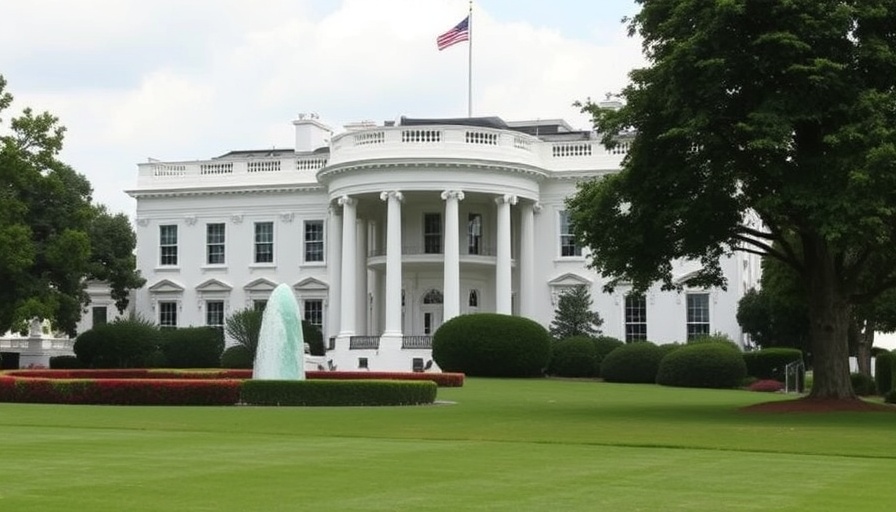
Is the White House Becoming Mar-a-Lago?
The ongoing renovations at the White House have raised eyebrows, as many observers note the new similarities to Donald Trump's Mar-a-Lago estate in Florida. Completed recently, the redesigned Rose Garden features white patio furniture complemented by yellow and white striped umbrellas, closely mirroring those found at Trump’s luxury resort.
Public Reaction to the Renovations
The updates have already sparked considerable chatter among political commentators and the public alike. Social media posts have shown side-by-side comparisons of the revamped Rose Garden and Mar-a-Lago, fueling debates about the appropriateness of such changes to a national landmark. Political commentator Mike Sington quipped, "Trump continues transforming the White House into Mar-a-Lago. The new furniture is strikingly similar to the ones at his Florida home,” while others chime in with varying degrees of enthusiasm or criticism.
The Symbolism of the Changes
Trump's ongoing renovations extend beyond aesthetics, representing a larger narrative about how he perceives the presidency and the White House. The construction of a planned $200 million ballroom with a capacity for 650 guests is slated to be the largest alteration to the Executive Mansion since the Truman balcony was added in 1948. Such extensive changes not only reflect Trump's personal style but also engage questions about tradition versus modernity in the heart of American governance.
Implications for Presidential Legacy
As Trump continues to reshape the symbol of American democracy, this raises pertinent questions about the legacy he aims to leave behind. Is he personalizing the presidency in a way that enhances its appeal, or transforming it into something more akin to a private club? As these renovations unfold, the public can't help but wonder about the long-term implications for the White House as a representation of the American people.
The People’s House: A New Reality?
Trump's changes highlight a significant shift in how the White House is perceived. Once viewed as 'The People's House,' it now has characteristics reminiscent of a lavish resort, signifying that the lines between public service and personal preference are perhaps growing increasingly blurred. The ongoing debate is a reminder of the complex interplay between politics, identity, and the spaces that symbolize power.
As these renovations continue, citizens are encouraged to reflect on what it means for their relationship with the White House and how they envision their national identity represented within its walls.
 Add Row
Add Row  Add
Add 




Write A Comment